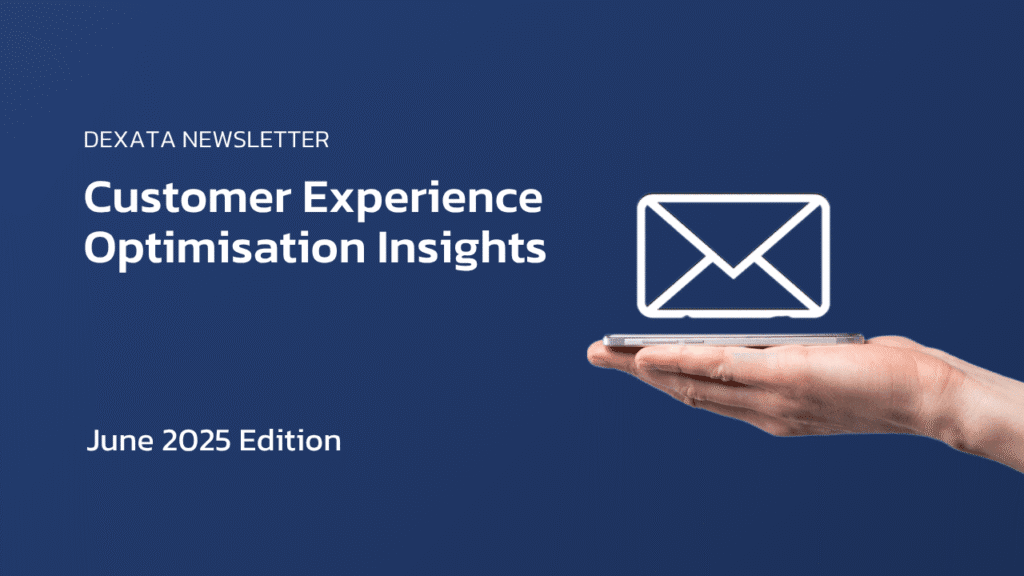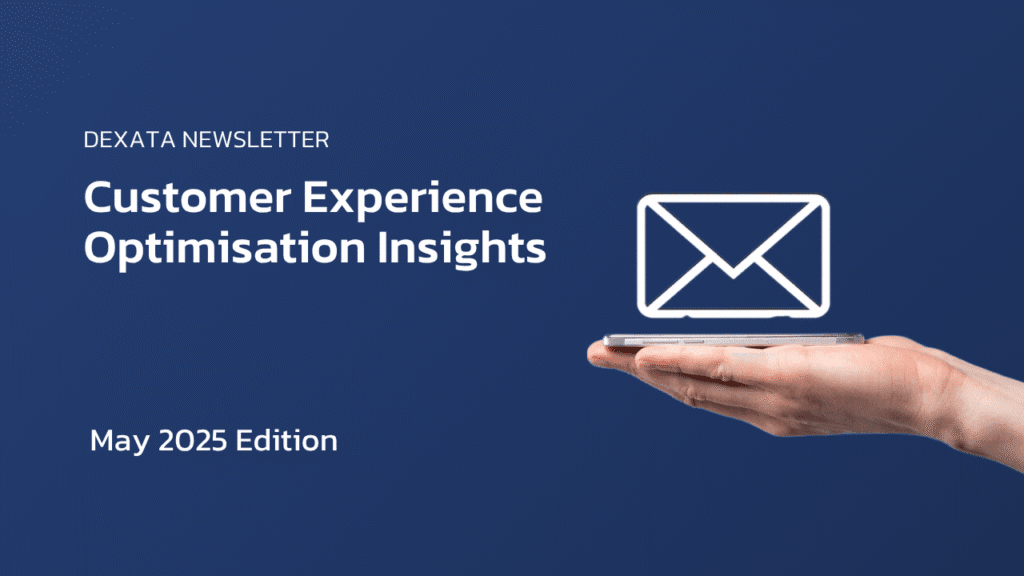Why CDP Use Case Enablement Matters More Than Technical Integrations
Customer Data Platforms (CDPs) have transformed the way businesses manage and utilise customer data. However, many organisations mistakenly prioritise technical integrations over the practical application of CDP use cases – the real drivers of value.
A CDP’s effectiveness is not measured by the complexity of its integrations but by the impact of its use cases on customer engagement, conversions, and operational efficiency. The key to success lies not just in collecting data, but in the people and processes that bring these insights to life. By focusing on humanising data strategies, aligning teams, and fostering a collaborative culture, businesses can unlock the full value of their CDP investments.
As Rajneesh explored in his analysis (and debunking) of the 360-degree customer view, it’s essential for teams to focus on practical, high-value use cases that enable gradual progress. The pursuit of the “perfect” customer profile – the elusive 360-degree view – can lead to unnecessary complexity and delays. Instead, businesses should focus on specific, low-complexity, high-impact CDP use cases that deliver quick wins, while also building the necessary skills and confidence to expand CDP capabilities over time. By concentrating on achievable, high-value use cases, organisations avoid the pitfalls of trying to build an all-encompassing customer view too soon.
Rather than overwhelming teams with complexity, the focus should be on the tangible benefits each use case can provide: increasing customer engagement, improving retention, or streamlining operations.
This article explores a three-stage framework for maximising the impact of CDP use cases, from foundational strategies to advanced applications, ensuring that teams are empowered to drive meaningful and. measurable outcomes.
The Stages
Stage 1: Laying the Foundation with High-Impact, Low-Complexity Use Cases
For organisations with limited data maturity, the focus should be on use cases that are easy to implement yet deliver significant value. These initial efforts help establish confidence in CDP-driven decision-making while allowing teams to build expertise at a manageable pace.
Example i – Recovering Lost Sales with Cart Abandonment Strategies
Cart abandonment is a common challenge, and a CDP enables businesses to act on it effectively by aligning marketing and customer support teams to engage customers at the right moment.
- Example: A fashion retailer identifies shoppers who leave items in their carts and sends an automated email reminder with a personalised discount.
- Why: Helps recover lost revenue and increases conversion rates with minimal effort.
- What it does: Identifies customers who added items to their cart but didn’t complete the purchase.
- Who – people and process:: Ensuring marketing teams collaborate with customer support to address concerns or friction points.
- How: Trigger automated follow-ups via email, SMS, or push notifications to encourage conversions with customers.
Example ii – Enhancing Engagement: Personalised Email Campaigns Based on Purchase History
A CDP allows businesses to segment their customers and create dynamic email content tailored to their interests, but its success relies on content teams and marketers working together to craft relevant messaging.
- Example: A telecom provider provides personalised device upgrades based on current device and plan.
- Why: Personalised emails boost engagement, increase open rates, and drive conversions by delivering relevant offers, strengthening loyalty, and encouraging repeat purchases.
- What it does: Segments customers based on their behaviour and preferences.
- Who – people and process: Encourage cross-team collaboration between data analysts and creative teams to ensure impactful messaging.
- How: Deliver dynamic and personalised product recommendations and exclusive offers.ii
Example iii – Boosting Advertising ROI: Retargeting Ads Using Unified Customer Profiles
Leveraging unified customer profiles, businesses can optimise their ad spend and improve targeting by ensuring marketing, sales, and customer insights teams are aligned.
- Example: A travel agency retargets visitors who browsed holiday packages but didn’t book.
- Why: Reduces wasted ad spend and improves return on ad investment (ROAS).
- What it does: Aligns first-party data across different marketing platforms.
- Who – people and process: Establishing clear workflows between marketing and data teams to refine targeting criteria and messaging.
- How: Delivers personalised retargeting ads on platforms like Google and Facebook.
Stage 2: Expanding CDP Use Cases for Greater Business Impact
Once the foundation is established, the next step is to expand the use cases by targeting new audiences and deepening customer engagement, ensuring that teams have the right tools and processes to execute effectively.
Example i – Segmenting Customers for Precision Targeting: Loyalty Programme Personalisation
Advanced segmentation helps businesses create hyper-personalised experiences, but requires close coordination between marketing, customer experience, and analytics teams.
- Example: A supermarket chain offers different loyalty programme benefits based on spending behaviour.
- Why: Increases customer lifetime value (CLV) by making marketing more relevant.
- What it does: Groups customers based on their behaviours, engagement levels, and purchase history.
- Who – people and process: Training marketing teams on how to interpret customer segments and use them effectively in campaigns.
- How: Tailors promotions and content to specific audience segments.
Example ii – Creating Seamless Omnichannel Journeys: Integrating In-Store and Online Data
A CDP can ensure that interactions across different touchpoints feel cohesive and connected, but this only works if internal teams operate in sync.
- Example: A homeware brand enables customers to browse in-store and receive personalised follow-ups online.
- Why: Improves customer satisfaction and engagement rates.
- What it does: Unifies customer interactions across online and offline channels.
- Who – people and process: Encouraging collaboration between online and offline teams to ensure continuity in customer experience.
- How: Ensures a consistent experience across email, SMS, in-app, and web interactions.
Example iii – Strengthening Customer Retention: Reducing Churn with Proactive Engagement
A CDP can make it possible to proactively engage customers at risk of churn, but frontline teams need to be equipped with actionable insights to make a difference.
- Example: A subscription service identifies users with declining engagement and offers them a personalised renewal incentive.
- Why: Reduces churn rates and increases repeat purchases.
- What it does: Detects disengaged customers using behavioural data.
- Who – people and process: Empowering customer service teams with real-time insights to offer proactive solutions.
- How: Sends targeted incentives such as discounts or loyalty rewards.
Stage 3: Scaling to Advanced, High-Value Use Cases
With a strong foundation in place, organisations can begin leveraging AI-driven insights and predictive analytics for more complex use cases – ensuring that teams are upskilled and processes are designed for long-term success.
Example i – Predicting Customer Behaviour: AI-Powered Churn Prevention
By analysing historical data, businesses can anticipate customer needs before they arise, but AI-powered strategies require a cultural shift where teams trust and act on data-driven insights.
- Example: A telecom provider predicts customer churn risk and intervenes with retention offers.
- Why: Enables data-driven decision-making and improves customer retention.
- What it does: Forecasts churn risk, product demand, and customer lifetime value.
- Who – people and process: Upskilling teams on how to interpret AI-driven insights and take action.
- How: Uses AI-powered recommendations and proactive engagement strategies.
A People-First Roadmap to CDP Success
Effectively leveraging CDP use cases goes beyond platforms and technology – it requires a focus on people and processes. Organisations should:
Start with high-impact, low-complexity use cases that allow teams to take action on data. Begin with one or two data sources to build confidence and momentum.
Expand and refine strategies to strengthen cross-functional collaboration and customer engagement. Grow use cases by targeting new audiences and optimising customer journeys through teamwork and alignment across departments.
Scale using more integrations, AI-driven and predictive use cases by fostering a culture of continuous learning and process optimisation, enabling teams to make smarter, data-driven decisions.
By embedding CDP use cases into daily operations and focusing on humanising data strategies, organisations can cultivate a customer-first culture that drives sustainable growth and long-term business success.
Want to maximise the value of your CDP?
Get in touch for a CDP value assessment and discover how our CDP value mapping framework can help you plan, prioritise, measure and optimise impact.








What do you think?
This article highlights a refreshing approach to CDP use cases by focusing on people rather than just data. A Customer Data Platform (CDP) becomes truly powerful when it helps businesses personalize experiences based on real customer insights. Great read for anyone exploring how CDPs can drive sustainable business growth through data-driven decisions and customer-centric strategies!